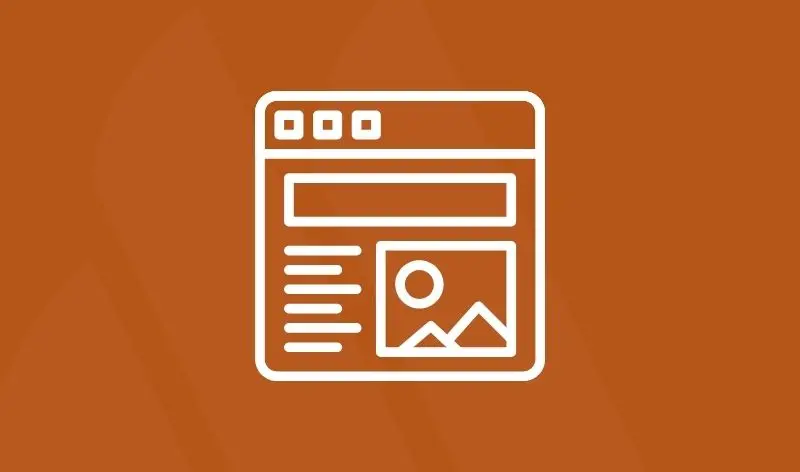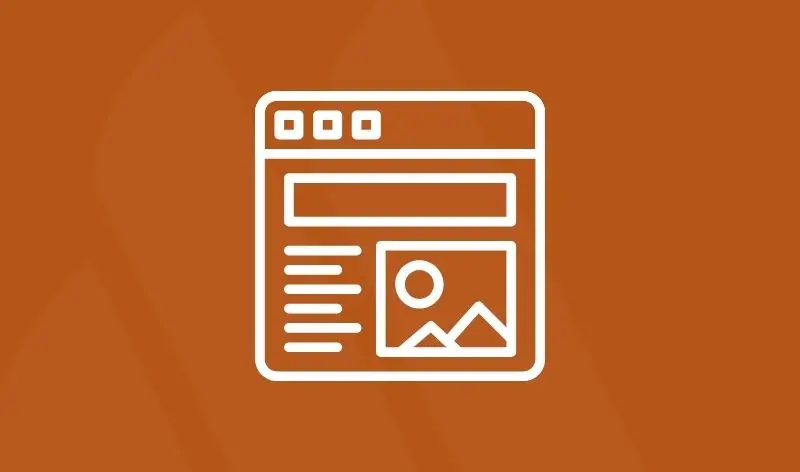
Develop a Pricing Strategy
The prices you charge for your products or services can have a dramatic effect on sales and profits. Your pricing strategy also determines how customers view and respond to your product or service.
That’s why it’s important to consider the different options when it comes to pricing, to make sure your strategy is effective.
What the market says
Look at your competitors, the key benefits and features of what they offer and any points of difference you can see in your own product or service. You can get valuable guidance on how to price by conducting research into:
- Which products or services offer the best value
- What customers expect to pay.
Compare buyers’ risk on each product or service you research, as if you’re able to offer more value (for example, better quality or more features), you may be able to charge a higher price.
The main pricing options
Cost plus pricing
Calculate all the costs in production, then add a margin for your profit. It’s easier if you’re selling a product, allowing you to add up all the costs of manufacturing attributable to each product.
Adding a margin
Most retail, wholesale or online businesses add a margin onto every product they on-sell. This can vary depending on industry (some will have ‘recommended retail’ or accepted mark-ups), though online selling and third-party marketplaces have changed the playing field.
Hourly rate
Most professionals sell by the hour and charge an hourly rate (think accountants, consultants), though other businesses also mix in hourly rates (builders and the trades).
A mix
It’s often not as easy as simply selecting one format. Many businesses sell a mix of products and services, and software or subscription businesses price on their business model based on an assumption of demand (or until their cash runway ends). If you’re unsure, consult with your advisers or industry association.
Benchmarking
It’s useful if you can benchmark your prices against industry averages, like gross profit and net profit margins. If your margins are below industry norms, it could suggest your costs are too high or your prices are too low.
Discounting
Most advisers would warn against discounting without a coherent strategy (such as gaining market share, quitting old or obsolete products or releasing working capital and improving cash flow). Once you work out how much extra you need to sell to cover a discount, their concern becomes understandable.
Continually review your prices
Review prices regularly to ensure you’re keeping up with trends in your industry and the overall market. If you cut prices, customers may not respond if they perceive new prices as signaling low-quality or a lack of confidence and experience.
Convincing your customers
If you’re sure your costs are optimal, look at convincing your target market that your products or services are worth the price. For example, can you:
- Providing guarantees or longer warranties
- Offer free services such as after-sales service.
Remember to talk about the specific benefits of your goods or services, not just the features.
For example, one of your products might make a certain task easier, cheaper, faster, or more efficient than traditional methods. This is generally more important to consumers than the technical specifications of a product.
Deciding to increase your prices
Before you decide to increase your prices, do your due diligence on the competition, and find out what they’re charging. Keep in constant contact with your customers and take their feedback on board. Remember that you’re convincing them that the price increase is worth it to them to keep you as a supplier, so the customer experience, product and service must be consistently great.
Communicating your price increase
The hardest part of course is actually informing all your customers the price is increasing.
Options to consider:
- Contact customers and tell them why you’re increasing your prices (for example, your material costs have increased, exchange rate has moved). Often customers understand
- Increase prices on less sensitive items and don’t say anything. You’d be surprised (depending on your industry) how often a price increase goes unnoticed
- Give customers warning in advance, rather than an overnight increase. Talk to any key clients that could be are unhappy to discuss solutions and options.
Summary
Review your pricing options before you decide which suits your business best. When you’re deciding on your strategy, it’s a good idea to consult with your accountant or adviser, to make sure you’re not missing any calculations out and that you’re charging enough.
Unless you’re planning to seriously disrupt the market, you should be aiming to charge as much as you can.
We’re Here to Help
Fill out the form below to learn more about how we can help your business.
"*" indicates required fields
Our Disclosures
For informational purposes only. There is NO WARRANTY, expressed or implied, for the accuracy of this information or its applicability to your financial situation. Please consult your financial and/or tax advisor.










